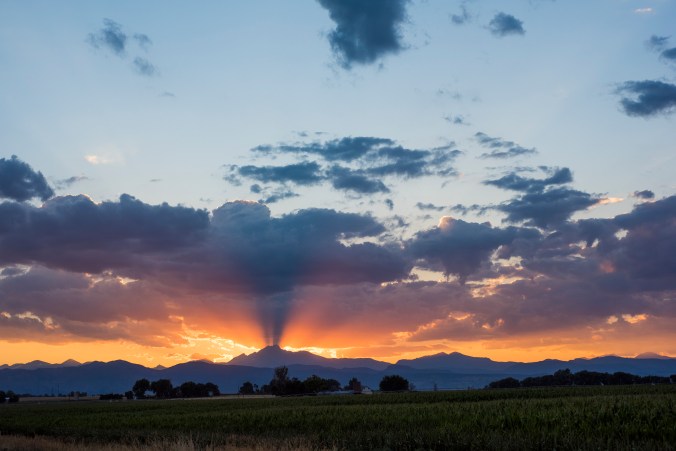Simply put, we are killing it over here at Finding Quiet Farm! In addition to our new FAQ Series (which already has not one but TWO posts, on salt and cooking fats), we’re launching yet another new programming line-up. This series is focused on farms, because we’re focused on farms. Also, we think sometimes our audience might need just the tiniest break from the constant lecturing on food politics blah blah blah and know your ingredients blah blah blah. Behold: pretty pictures from The Farm Series!

It’s not much of a secret – our blog title might actually give it away – that N and I plan to buy a farm. We want to find a piece of agricultural property between fifty and one hundred acres, but we only plan on farming the tiniest portion of that land. The remainder we want to turn into a nature reserve of sorts, a place where farm guests can walk for miles and hopefully see native birds, plant life and more. We want our farm to fit comfortably into an existing place; we don’t want to bulldoze acres of wetland or turn a previously wild space into a bare, sterile monoculture.

Longs and Meeker Peak, looking west from Colorado Aromatics.
Great; those are all lofty goals. But how do we do this? How do we go about the process of 1. finding a farm and 2. determining if that farm is the right place for us? Our answer: we visit as many farms as we possibly can, in Japan and England and in the U.S. And we talk to farmers and we volunteer on farms and we just make every effort possible to get as much experience as we can before we jump in with both feet. It might not be the right answer, but it’s our answer.

A couple of weeks ago, we visited Colorado Aromatics, north of us in Longmont; we are always appreciative of any farmer who opens up their property to visitors. Colorado Aromatics offers “farm-to-skin” products made from plants grown on their nine-acre property. They are certified naturally grown, which allows smaller market growers to achieve recognizable certification without jumping through the (somewhat absurd) hoops required by national organic certification programs.

Colorado Aromatics’ primary crop is lavender, which grows beautifully in much of Colorado’s high-plains desert climate. But they also grow a wide variety of other medicinal herbs, plus they keep chickens and goats who provide valuable manure for the farm’s plants. Any good farmer knows that well-raised animals (and their waste) are an essential aspect of a healthy farm.

Everyone needs backyard chickens!

Angora goats are most often raised for their lovely wool rather than their meat or milk.

Lavender in the field.

Bees love comfrey!

Calendula in flower.

Black peppermint.

Bulgarian roses, grown for their intense scent (and oils) rather than their appearance.

Fennel in bloom.

The distillate operation.

Red clover drying.

Here lemon balm is an actual cash crop rather than an invasive weed, as most of us in Colorado perceive it.

The drying room.

One of the many varieties of lavender grown here.
Thank you for hosting us, Colorado Aromatics!
Great photos as always. Did they walk you through the process of making essential oils? How long is the process and how involved? Just curious as I assume it is very labor intensive. Thank you.
LikeLike
Sara, although we distill the herbs, we get very little essential oil. We are distilling for the essential water portion and use this as an ingredient in our skin care products as well as as a face/body spritzer.
LikeLike
Thanks so much for coming to the farm. It was great to meet you. And WOW, what great photos!
LikeLike
Thank you for having us, and we’re glad you like the photos. Your property is so lovely that it’s easy for N to capture beautiful shots there!
LikeLike
Pingback: The Farm Series: Chatfield Farms | Finding Quiet Farm
Pingback: The Farm Series: Colorado Pastured Pork | Finding Quiet Farm